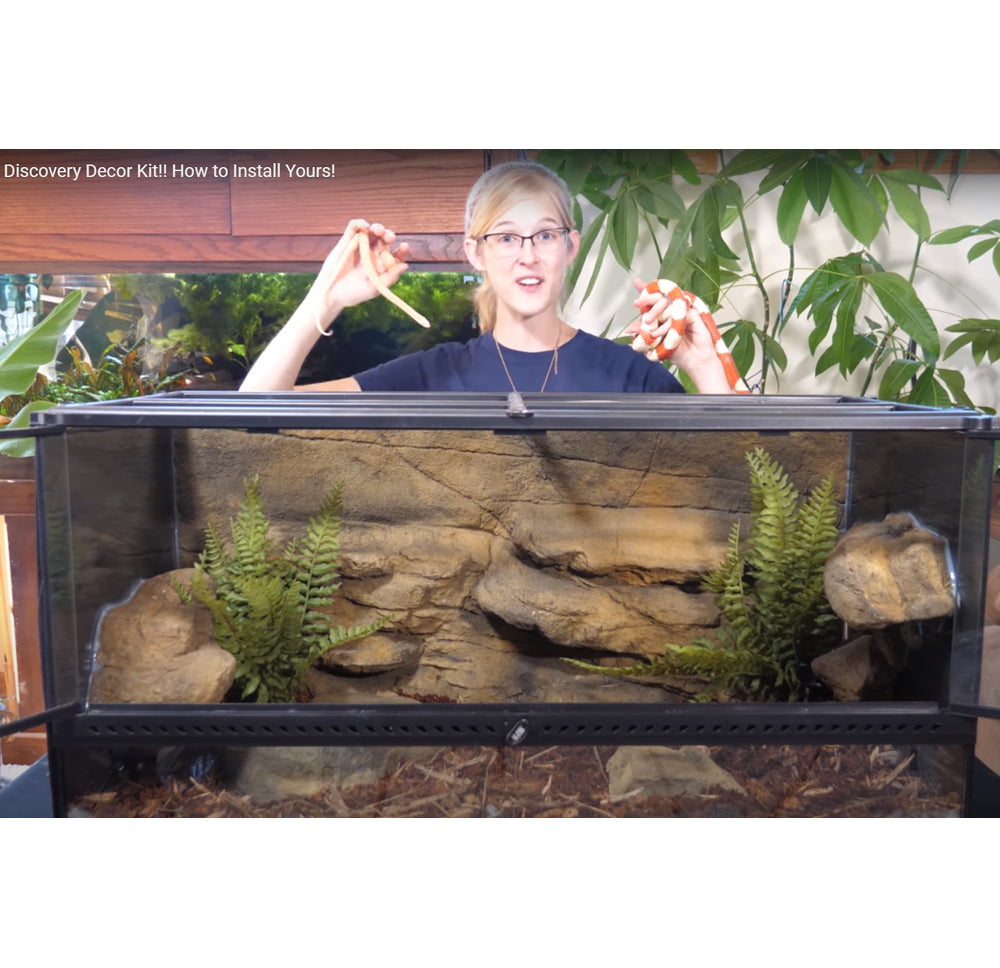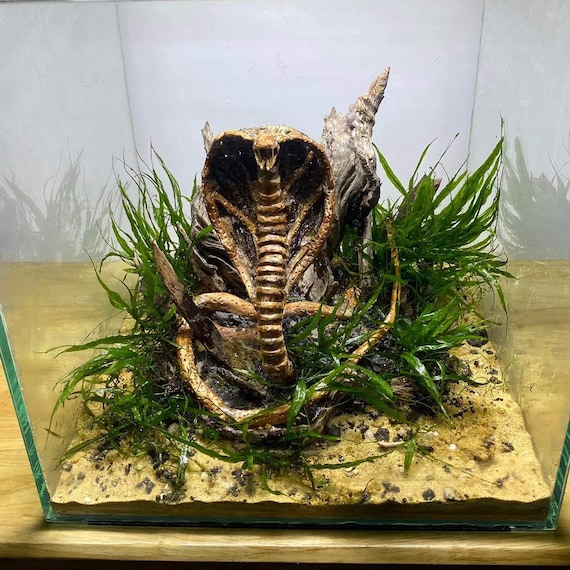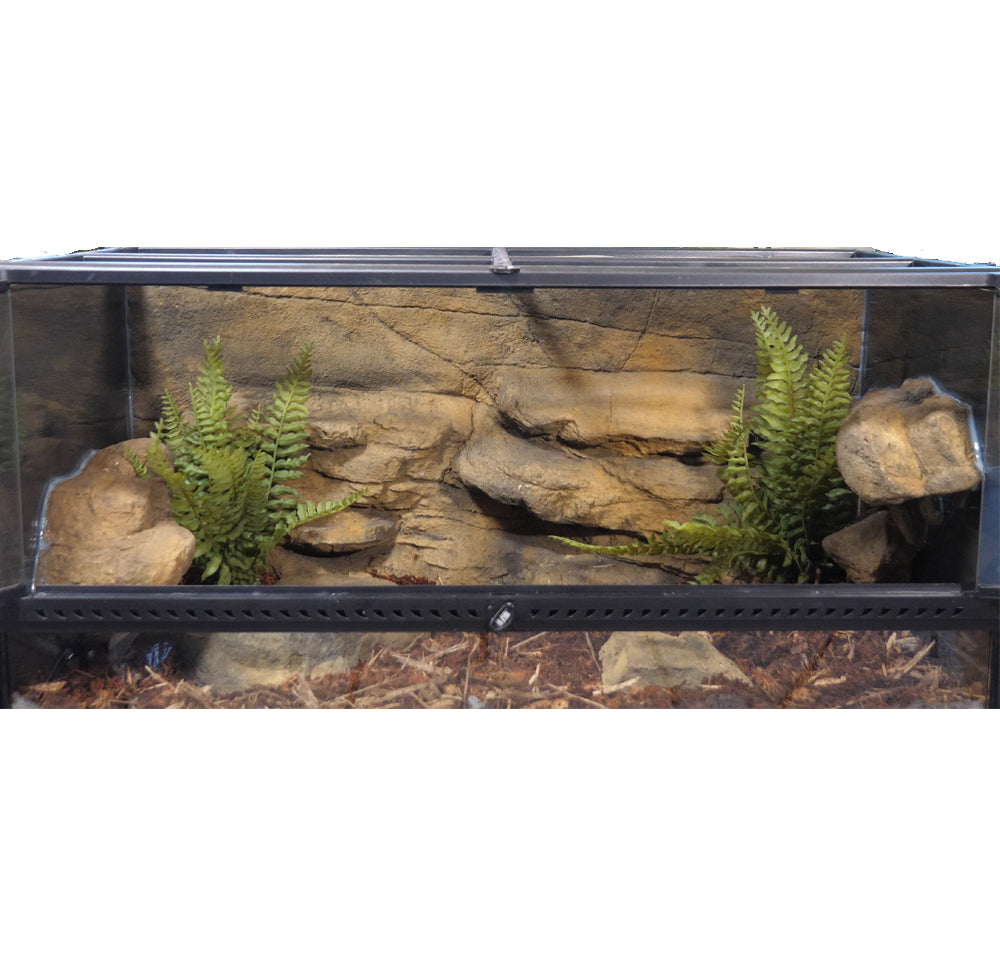When it comes to keeping snakes, one of the most important aspects is creating an environment that mimics their natural habitat. As a proud owner of a ball python, I’ve spent countless hours researching and experimenting with different snake tank decor. In this guide, we’ll explore the various types of decor, their benefits, and how to set up your snake’s tank for optimal health and happiness. So, let’s dive in and design a sanctuary for your scaly friend!
Why Is Snake Tank Decor Important?
Decor in a snake’s environment isn’t just for aesthetics; it plays a crucial role in their well-being. Here are some reasons why proper decor matters:
- Security: Snakes are prey animals. Adequate hiding spots make them feel safe and reduce stress.
- Temperature Regulation: The right decor can help your snake regulate its body temperature.
- Enrichment: A well-decorated tank encourages natural behaviors, promoting mental stimulation.
Choosing the Right Substrate
The substrate, or bedding, forms the foundation of your snake’s habitat. Let’s look at some popular options.
Types of Substrate
| Substrate Type | Pros | Cons |
|---|---|---|
| Aspen Shavings | Natural, good for burrowing, absorbent | Can mold if wet |
| Reptile Carpet | Reusable, easy to clean, no dust | Doesn’t absorb moisture |
| Cypress Mulch | Moisture-retaining, attractive | Can be messy, may harbor pests |
| Paper Towels | Inexpensive, easy to replace, hygienic | Less natural, not aesthetically pleasing |
My Personal Experience with Substrates
When I first got my ball python, I started with aspen shavings. It provided a natural look, and my snake loved to burrow. However, I did face some issues with mold during the humid months. After switching to reptile carpet, I found it more manageable, even though the natural look was sacrificed. Each substrate has its learning curve, so choose one that best fits your lifestyle and cleaning preferences.

Essential Hiding Spots
Hiding spots are essential for providing your snake a sense of security. Here’s what you can consider:
Types of Hiding Spots
- Commercial Hides: Readily available in pet stores, these come in various materials and sizes.
- DIY Hides: You can craft hides from cardboard boxes, PVC pipes, or even flower pots.
- Natural Hides: Use logs, rocks, or caves to create a more aesthetically pleasing environment.

Comparison of Hiding Spot Options
| Hiding Spot Type | Pros | Cons |
|---|---|---|
| Commercial Hides | Variety of styles, easy to clean | Can be expensive |
| DIY Hides | Cost-effective, customizable | May not be as durable |
| Natural Hides | Great for aesthetics, gives a natural feel | Can harbor pests, harder to clean |
Creating the Perfect Hide
I quickly learned the importance of having multiple hiding spots. My snake seemed much more relaxed when she had options. DIY hides can be a fun project and save you money. I once used a flower pot, and she loved it! Remember to ensure any materials used are safe and non-toxic to your snake.

Decorative Plants for Snake Tanks
Plants can enhance your snake’s environment while providing additional hiding spots.
Live vs. Artificial Plants
Both live and artificial plants have their places in snake tanks. Here’s a quick comparison:

| Plant Type | Pros | Cons |
|---|---|---|
| Live Plants | Air purification, natural humidity | Requires maintenance, may be eaten |
| Artificial Plants | No maintenance, durable | Non-eco-friendly, less natural look |
Recommended Live Plants
- Spider Plant
- Pothos
- Boston Fern

My Experience with Plants in Tanks
Initially, I went with artificial plants to avoid maintenance, but I noticed my snake was more active when I added a couple of live plants. It created a vibrant look, and the extra humidity seemed to help her shed. Since then, I’ve learned to balance the two for both aesthetics and ease of maintenance.
Environmental Enrichment: Logs, Rocks, and More
Adding different textures can mimic a natural environment, aiding in your snake’s mental stimulation.

Types of Enrichment Decor
- Branches and Logs: Perfect for climbing and exploring.
- Rocks: Ideal for basking under heat sources.
- Water Dishes: Provide hydration and swimming opportunities.
How to Arrange Enrichment Decor
When arranging enrichment items, consider your snake’s behavior. If you have a climbing species, provide branches at different heights. For burrowing snakes, add substrate to deeper levels. I once created a little cave with rocks and found my snake spending hours exploring her new space. Watching her use the environment was a delight!

Temperature and Humidity Considerations
No matter how beautifully decorated your tank is, it won’t matter if conditions aren’t right. Keeping a close eye on temperature and humidity is essential.
Setting Up the Temperature Gradient
Ensure one side of the tank is warmer (hot side) and the other cooler (cold side). Use heat mats or bulbs to achieve this.
Humidity Levels
Different species require different humidity levels. Use hygrometers to monitor and manipulate humidity (misting, using water dishes).
My Tips for Maintaining Ideal Conditions
I’ve learned the hard way that too much humidity can cause respiratory issues. By combining decorative items that retain moisture and a proper water dish, I’ve found a balance. Always monitor and make adjustments as needed!
Common Mistakes in Snake Tank Decor
Even the best of intentions can lead to mistakes. Here are some common pitfalls to avoid:
Overcrowding the Tank
Less is more! Too many items can make snakes feel cramped and stressed.
Using Unsafe Materials
Avoid toxic or sharp materials that could harm your snake.
Neglecting Cleanliness
Regular maintenance is crucial. A dirty tank can lead to health problems.
Avoiding My Mistakes
In my early days, I overcrowded my tank, thinking my snake would appreciate the options. Instead, she became stressed and hid more than usual. Learning to declutter was a turning point. Now I focus on a minimalistic yet functional design. Less clutter means more exploration!
FAQs About Snake Tank Decor
What are the best materials for snake tank decor?
Safe and natural materials like wood, coconut fiber, and specially made reptile decorations are excellent choices. Avoid items treated with chemicals.
How often should I clean my snake’s tank?
Spot clean weekly and do a deep clean every month. Remove uneaten food, waste, and soiled substrate regularly.
Can I use real plants in my snake’s tank?
Yes, live plants can be beneficial if you select non-toxic varieties. However, ensure they don’t compromise humidity levels.
Is it necessary to provide multiple hiding spots?
Yes! Providing multiple hides helps your snake feel secure and reduces stress levels.
What should I do if my snake seems stressed in its tank?
Evaluate the tank decor, temperature, and humidity levels. If needed, remove excess decor, and allow your snake to acclimate.
Conclusion: Crafting the Perfect Habitat
Designing your snake’s tank is an ongoing journey. With each addition or change, you will learn more about your pet’s needs and preferences. Remember to focus on their safety, comfort, and overall happiness. I’ve enjoyed each step of this process, and I hope this guide helps you create a beautiful and functional sanctuary for your scaly friend!